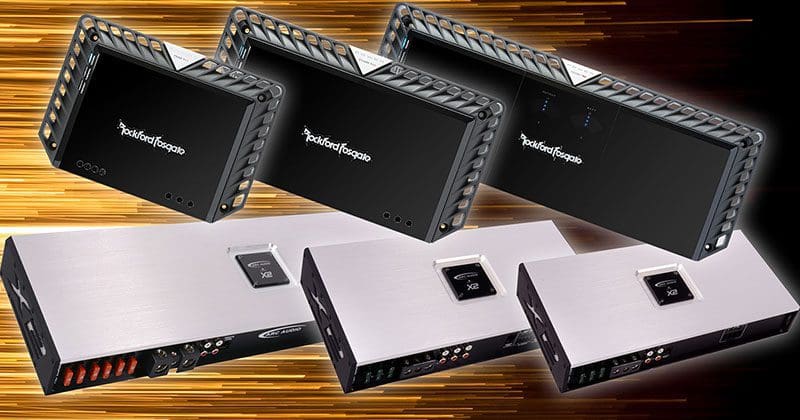Did you know that a difference of 20 watts of power between one car audio amplifier and another might be completely inaudible? That same 20-watt difference might mean having to keep your windows rolled up on the highway to hear your music. Let’s look at the physics of reproducing sound with moving-coil loudspeakers and why choosing an amplifier with a few watts more than another may be significant or irrelevant.
Car Audio Speakers and Amplifier Power
If you look at a typical higher-end 6.5-inch coaxial car audio speaker, you’ll find that it has an efficiency rating of 86 dB when driven with 1 watt of power and measured at a distance of 1 meter. If the reference is 2.83 V, then that’s 2 watts into a 4-ohm driver, and the efficiency number will be 3 dB higher at 89 dB. If it’s a 2-ohm driver with a 2.83V spec, then that’s 4 watts, and they will add another 3 dB. Aren’t specification games fun?
The first takeaway from this is that it takes a doubling of your amplifier’s power to increase a speaker’s output by 3 dB. At the same time, halving the power reduces the output by the same 3 dB. If you only need 80 dB of output, then our 86 dB efficient speaker will only need 0.25 watt of power to reach that level.
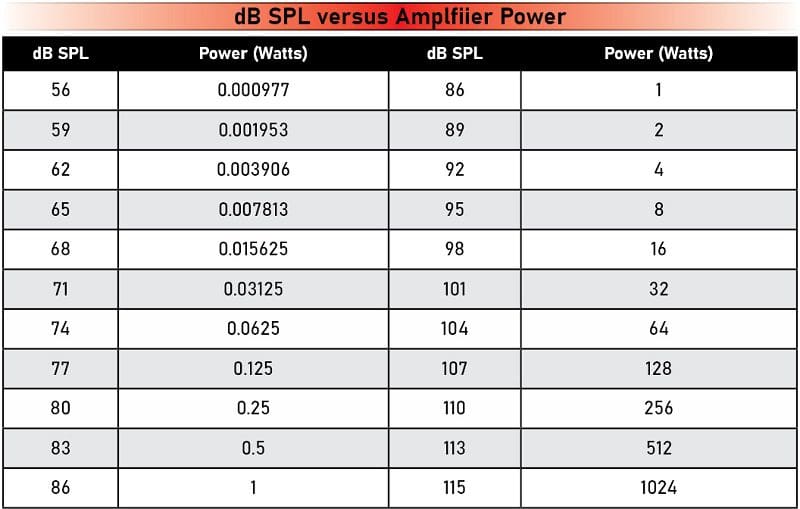
Scenario 1 – Deck Power and Door Speakers
Suppose you have a modest audio system that is made up of a typical aftermarket radio and a pair of equally typical door speakers. Most radios can produce about 20 watts of output per channel, and we’ll use our 89 dB example speakers (though now we have two of them, so the pair will produce 92 dB when each is powered with 1 watt). With 20 watts of power on tap, the system should produce just a smidge over 104 dB of output. Of course, this assumes that the speakers increase the output linearly for every doubling of power. At 20 watts, especially if they are reproducing bass frequencies, you are likely near their upper limit.
What if we switch the radio to a high-power unit like the Sony XAV-AX7000 that can produce 45 watts of power per channel? Now, assuming the speakers can handle the extra power, the system will produce about 107.5 dB of output. That extra 25 watts increases how loudly our music will play by 3.5 decibels. It doesn’t sound like a lot, but it would be audible.
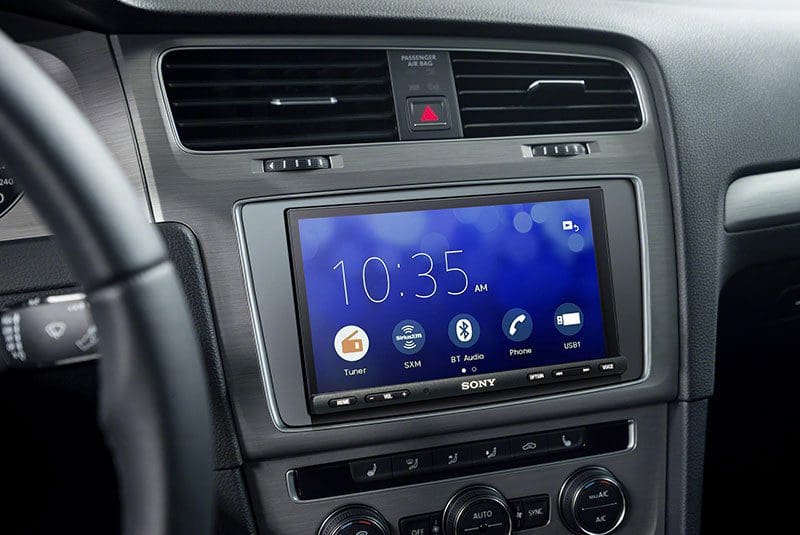
Scenario 2 – Small Subwoofer Amplifier Versus Large
In our second example, let’s look at the higher power levels involved with driving a subwoofer. Say we have a Rockford Fosgate amplifier capable of producing 1,000 watts of power. Considering the transfer function of the typical vehicle interior, a pair of 10-inch subwoofers in a vented enclosure might have an efficiency of about 101 dB at 40 Hz when each is driven with 1 watt. When we increase the power to the subs to 500 watts each, the system should produce 128 decibels of output. That’s pretty darned loud! Keeping in mind that we need to double or half the power level to produce a change of 3 dB, what happens when we pick an amplifier that can produce 1,050 watts or that same increase of 25 watts to each subwoofer? Well, the system will play 0.21 decibel louder. While you might be able to measure that with a Term-Lab SPL system, it’s unlikely you can hear that small of an increase.
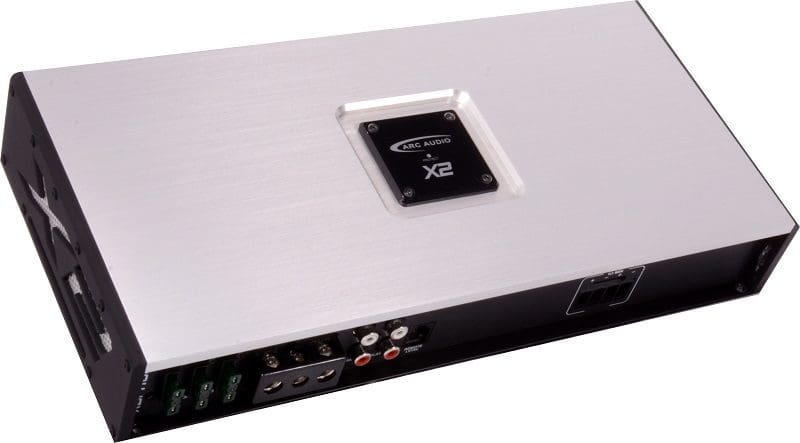
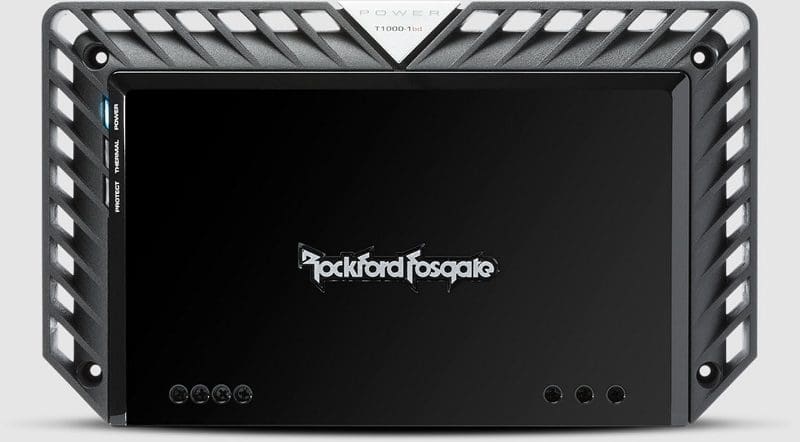
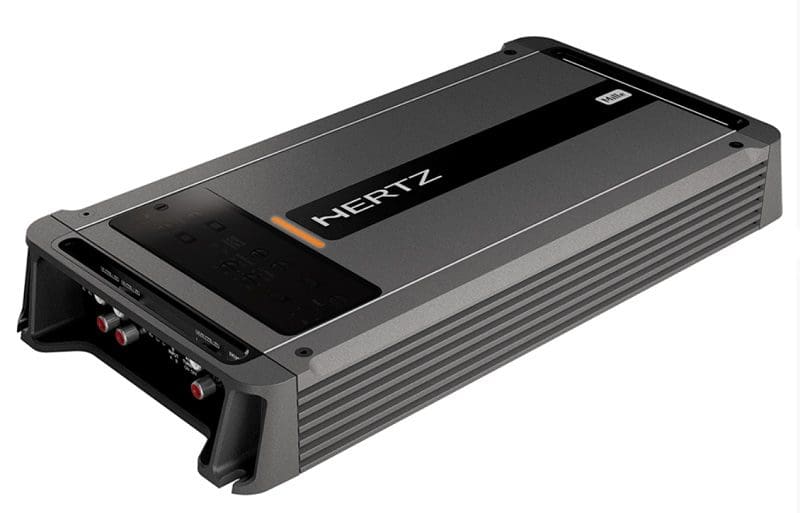
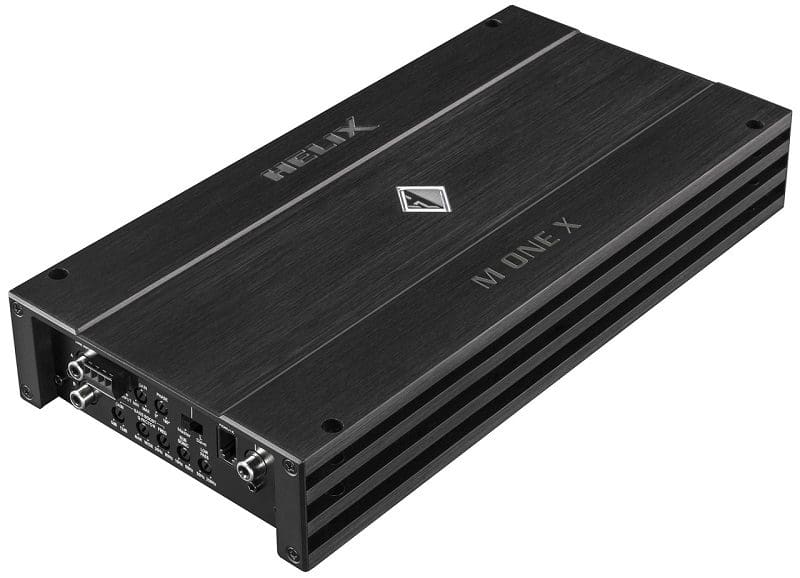
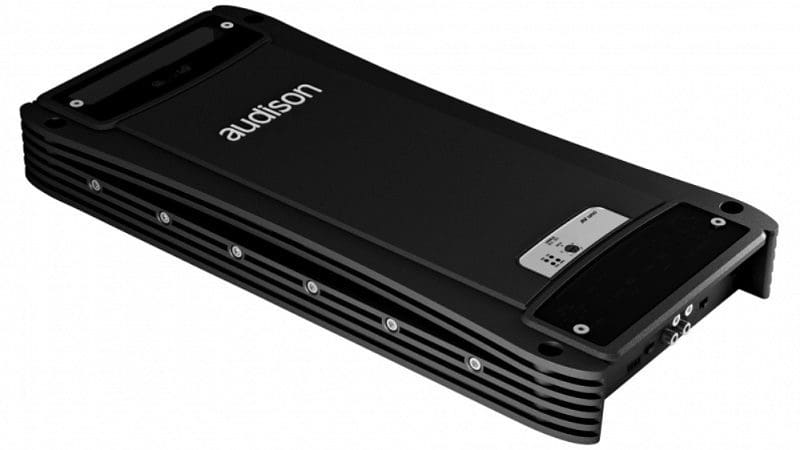
Looking at Power Specifications Using Decibel-Watts
While most of us are used to seeing the decibel unit used in the context of measuring volume levels, it can be applied to a variety of electrical applications. If you take a close look at the power measurements in any of the BestCarAudio.com Test Drive Reviews, you’ll see we list watts and a number called dBW, or decibel-watts. The unit dBW refers to decibels referenced to one watt of power. As such, if the amp produced 1 watt of power, it would be rated at 0 dBW, or no increase or decrease relative to 1 watt. If it made 8 watts, then it would be rated at 9 dBW. One hundred watts is 20 dBW, and 1,000 watts is 30 dBW.
Suppose your speakers or subwoofers can handle the power in terms of thermal capacity and cone excursion capability. In that case, you can add the dBW number to the 1-watt efficiency number of the speaker to estimate how loudly it will play. Of course, no midrange speaker is going to able to deal with 200 watts of power, and a subwoofer isn’t going to increase its output linearly when driven with 10,000 watts.
Backtracking for a moment, to provide some clarity, when we use an RTA or SPL meter to measure a sound source’s volume level, we measure dB SPL. Similar to the way that the decibel watt (dBW) references 1 watt of power, the dB SPL unit references 20 micropascals or, 0 dB. A sound level of 20 micropascals is considered the lowest hearing threshold of a young, healthy ear. Of course, if we can measure this pressure (20 micropascals), then 0 dB isn’t absolute silence or a vacuum. It’s just a reference level. In the same way, 0.25 watt is -6 dBW; it’s possible to have negative SPL numbers or a room that’s quieter than 0 dB. Microsoft built an anechoic test chamber that has a noise level of -20.35 dB SPL, or 20.35 decibels quieter than 0 dB. It’s said that the sound that air particles create from bumping into one another in a still room is -23 dB SPL.
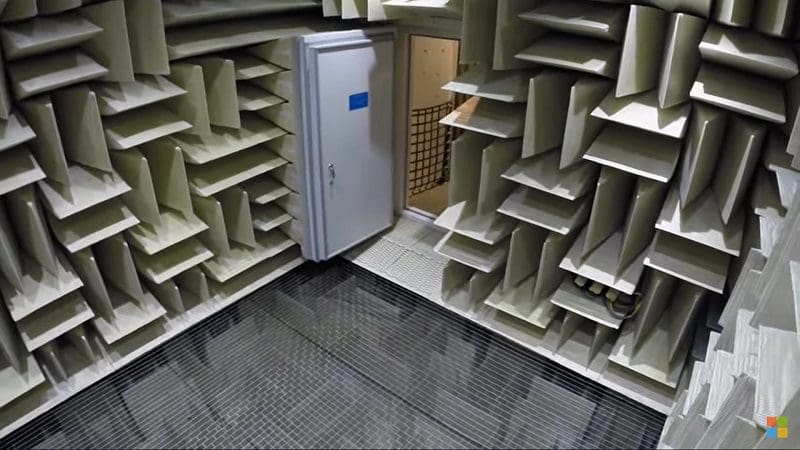
When Watts Matter and When They Don’t
Let’s take all this information and put it into use. If you’re shopping for a new radio, then one that produces 45 watts is going to provide an audible improvement over one that produces only 20 watts. If you are shopping for an amplifier for your speakers, a 75-watt and a 100-watt amp will only increase output by just over 1 dB. If one subwoofer amplifier produces 25 watts more than one that makes 750 watts, the difference is only 0.14 dB. The best way to think of amplifiers is by ranking them as small, medium and large. A small stand-alone speaker amplifier would be 50 watts per channel. A large one would be 100-125 watts. A small sub amp would be 250-300 watts, a medium would be 600-800 watts, and a large would be 1,200-2,500 watts. Worrying about whether the amp makes 1,150 or 1,175 watts (a difference of 0.09 dBW) is a waste of time.
When it’s time to upgrade your car audio system with a new high-power radio or an amplifier, drop by your local specialty mobile enhancement retailer and ask to audition several options on the same set of speakers or subwoofers and the same source unit. This is the best way to determine which solution offers the least distortion and most accurate sound. Just a reminder, don’t get hung up on a few watts – that’s truly the least of your worries.
